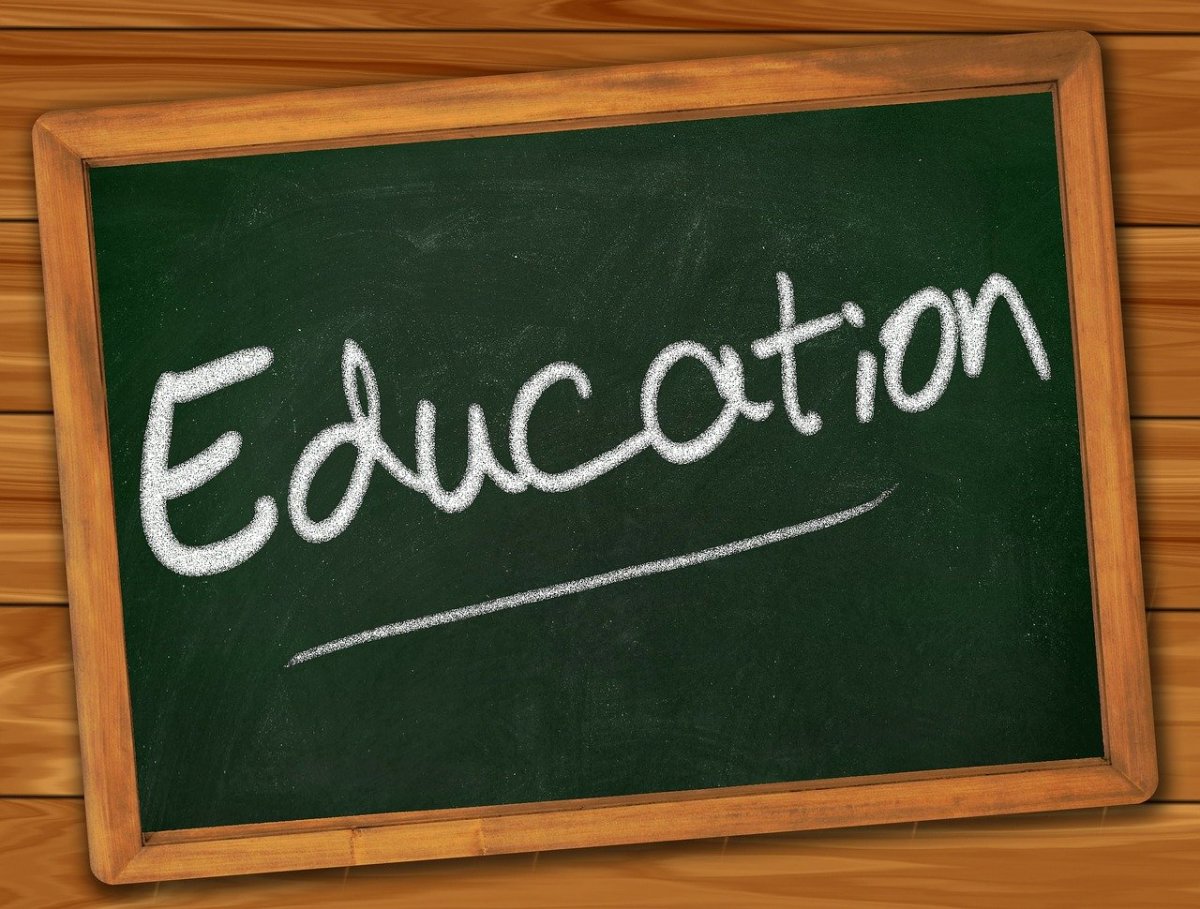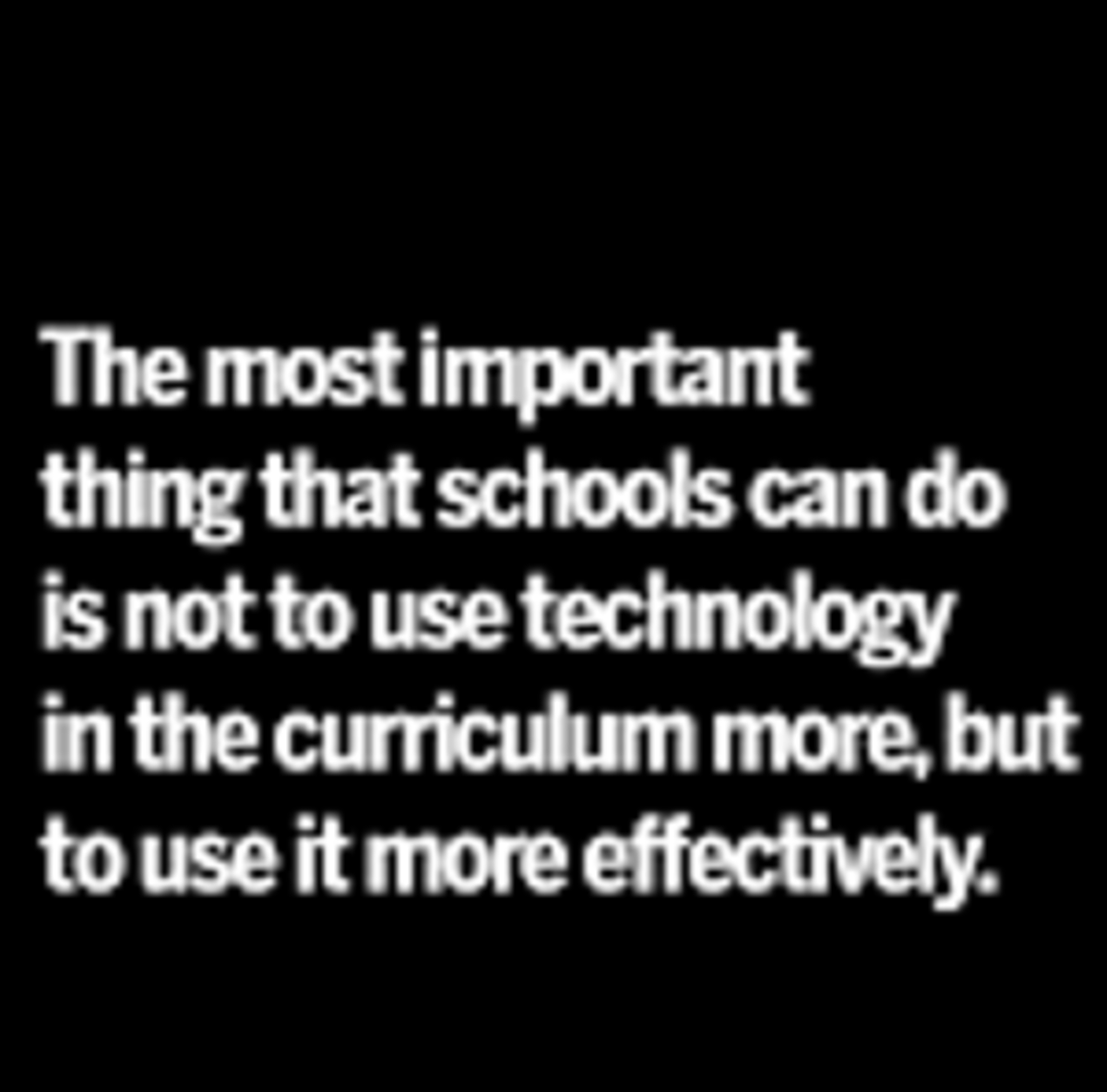New Generation Technology in Old Generation Schools
There is no questioning that technology has taken root in most, if not every, part of people's’ lives today. It has gotten to the point where we cannot carry out daily activities without the use of technology. In fact recent surveys have concluded that an estimated 63 percent of Americans currently own a smartphone, while an estimated 91 percent own some form of a cellular device, (Pew Research Center, 2015). Every day, people are finding new ways for technology to be part of the lives of others, especially in terms of education. As great an option it is to begin to implement such a versatile tool in educational systems across the US and around the world, one should keep in mind the effects it has on cognitive development and thinking. Since the integration of technology in schools is rather inevitable, there needs to be methods put in place by school systems to facilitate its usage in order to ensure quality, original students.
Technology has become the major reason as to why 63 percent of students do not feel compelled to read either on their own accord or those who are assigned to them to read (Wolpert, 2015). Most of whom say that they could easily just look up summaries of the book, or if they are assigned a study guide, they could look up the questions and most likely find the answers somewhere. It also does not help that 22 percent of students are instructed to post their own work online where not only they could view it, but anyone who finds it could as well (Nielsen, 2015). This easy access availability makes it relatively easy for students to find out the answers to problems, which further worsens the problem of plagiarism and also motivation for students to do their own original work. The ability for technology to give answers to problems in less than a second takes away from a student's ability to problem solve or to think on deeper levels. Simply having something else do it for the student is never going to be a good idea, for “slow [comprehensive] thinking is harder to learn when computers answer questions immediately,” (Bowen, 2015).
Bringing technology into the classroom makes it all the more important that teachers and parents are educated on how to educate their children and students on effective use of technology. With the large amount of information that is available through technology, it is important that students are taught how to process that information and tell what is reliable over what is not; critical thinking (We Live Security, 2015). Motivation is the most important aspect when evaluating the overall effectiveness of education. Instructional technology, as it stands now, falls short of what should be the goal of enhancing learner capabilities and again, maximizing the overall effectiveness of education. As Jose Bowen put it, “access to more knowledge has not made us smarter. In the same was that more television channels have not made us better informed…” (Bowen, 2015). The answer should not be more technology but rather effective teaching.Bringing technology into the classroom makes it all the more important that teachers and parents are educated on how to educate their children and students on effective use of technology.
When it comes to the education of students, technology is evidently not the sole answer educators should be leaning towards. It needs to be reiterated that the overall purpose of instructional technology is to cater to the individual needs of students. To provide those who are not as quick a learner or as quick to understand what is being taught the opportunity to delve into those areas of difficulty. Technology is a tool for teachers and students, not the curriculum, for it is crucial that school systems are not overusing such a tool or it will have an impact on those using it; the students. The question that must be answered is how does or how can technology best fit into the curriculum rather than how can the curriculum best fit with technology. In no way is it being negated that technology is an effective tool when it comes to learning for, “education Technology and school conduction go together. Modernization, updating education facilities, and making a capital investment in education are all included” (Owens, n.d.). The overall environment in which students are learning is the fundamental aspect to the education of students. Together we can work towards fixing the problem of new generation technology in old generation schools.








